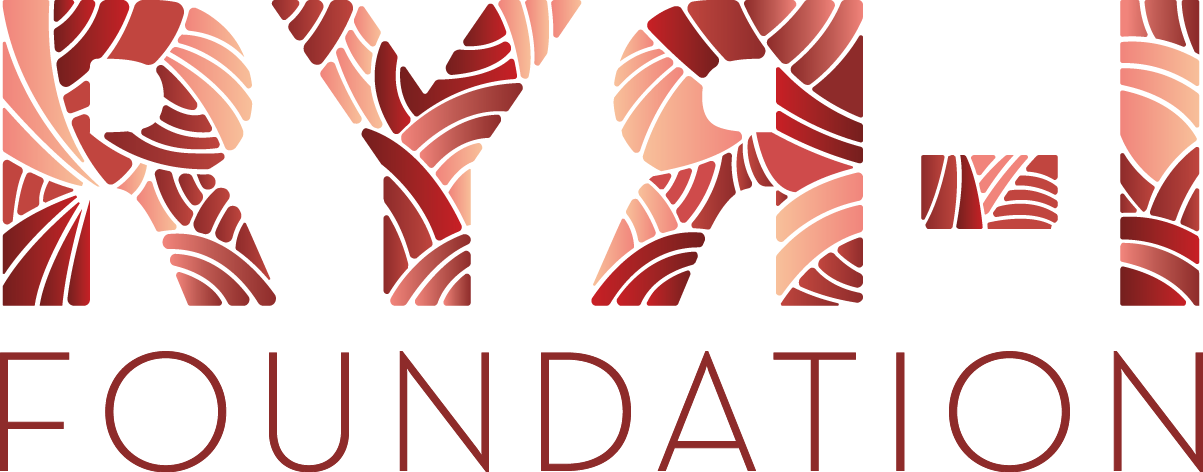
Authors: Andrea Klein, Suzanne Lillis, Iulia Munteanu, Mariacristina Scoto, Haiyan Zhou, Ros Quinlivan, Volker Straub, Adnan Y. Manzur, Helen Roper, Pierre-Yves Jeannet, Wojtek Rakowicz, David Hilton Jones, Uffe Birk Jensen, Elizabeth Wraige, Natalie Trump, Ulrike Schara, Hanns Lochmuller, Anna Sarkozy, Helen Kingston, Fiona Norwood, Maxwell Damian, Janbernd Kirschner, Cheryl Longman, Mark Roberts, Michaela Auer-Grumbach, Imelda Hughes, Kate Bushby, Caroline Sewry, Stephanie Robb, Stephen Abbs, Heinz Jungbluth, and Francesco Muntoni
Ryanodine receptor 1 (RYR1) mutations are a common cause of congenital myopathies associated with both dominant and recessive inheritance. Histopathological findings frequently feature central cores or multi- mini cores, more rarely, type 1 predominance/uniformity, fiber-type disproportion, increased internal nucleation, and fatty and connective tissue. We describe 71 families, 35 associated with dominant RYR1 mutations and 36 with recessive inheritance. Five of the dominant mutations and 35 of the 55 recessive mutations have not been previously reported. Dominant mutations, typically missense, were frequently located in recognized mutational hotspot regions, while recessive mutations were distributed throughout the entire coding sequence. Recessive mutations included nonsense and splice mutations expected to result in reduced RyR1 protein. There was wide clinical variability. As a group, dominant mutations were associated with milder phenotypes; patients with recessive inheritance had earlier onset, more weakness, and functional limitations. Extraocular and bulbar muscle involvement was almost exclusively observed in the recessive group. In conclusion, our study reports a large number of novel RYR1 mutations and indicates that recessive variants are at least as frequent as the dominant ones. Assigning pathogenicity to novel mutations is often difficult, and interpretation of genetic results in the context of clinical, histological, and muscle magnetic resonance imaging findings is essential.
Keywords: RYR1; genotype; phenotype; congenital myopathy; core myopathies

